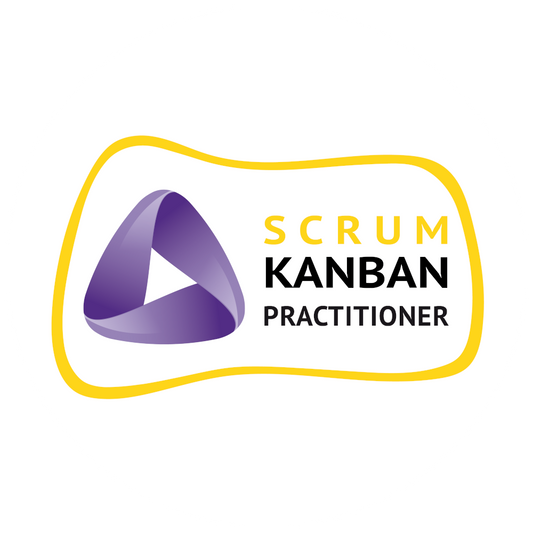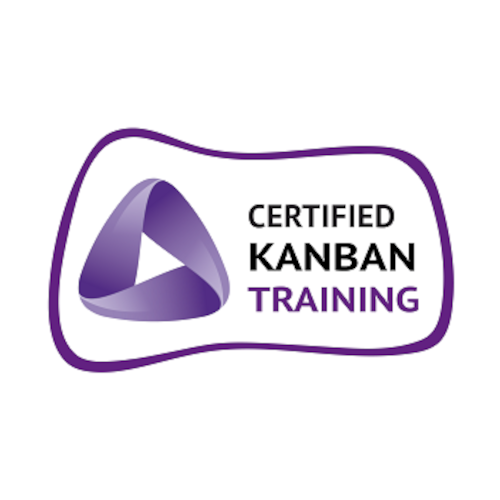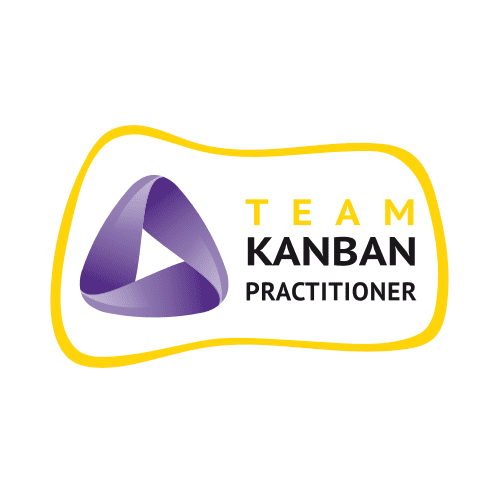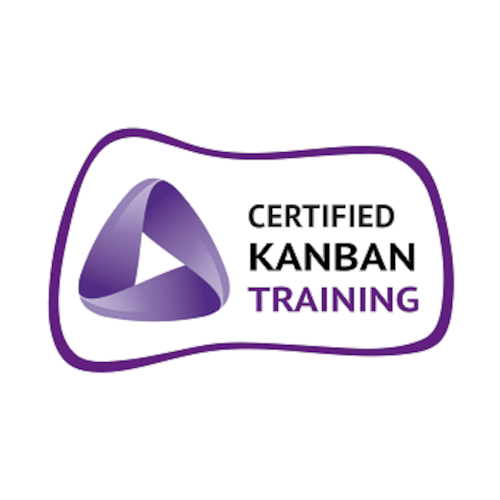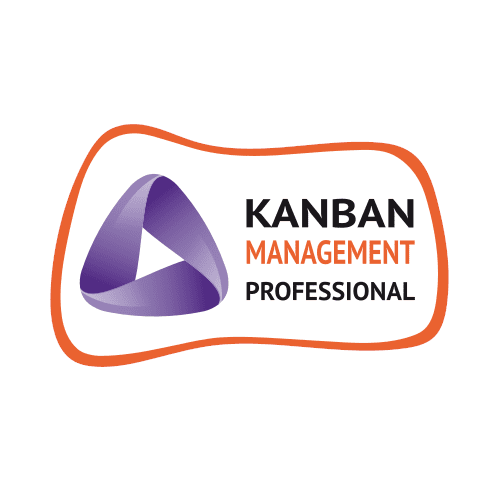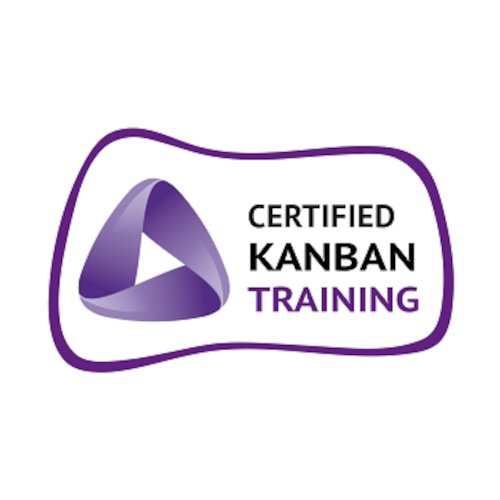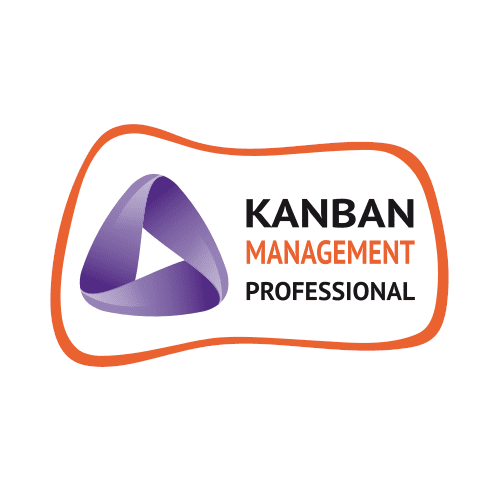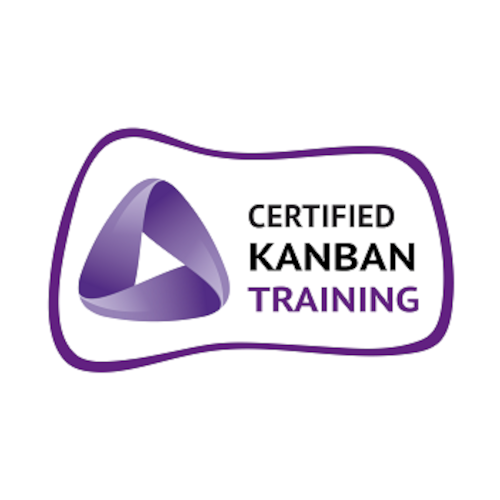How Scrum Teams Concuct Lessons Learned Workshops
Share
Again and again, organisations ask themselves during agile transitions how they can conduct lessons learned workshops in a Scrum team in the "new world". They fear that self-organised and self-managed teams without external drive are not able to implement feedback loops to self-monitor. This article explains the different feedback loops of Scrum and how they replace the classical Lessons Learned Workshops in agile teams.
Lessons Learned in Classical Projects
There are many descriptions of the concept of lessons learned. The one used by the National Aeronautics and Space Administration, European Space Agency and Japan Aerospace Exploration Agency sounds as follows: “A lesson learned is knowledge or understanding gained by experience. The experience may be positive, as in a successful test or mission, or negative, as in a mishap or failure… A lesson must be significant in that it has a real or assumed impact on operations; valid in that is factually and technically correct; and applicable in that it identifies a specific design, process, or decision that reduces or eliminates the potential for failures and mishaps, or reinforces a positive result.”
The Project Management Institute (PMI), on the other hand, describes lessons learned as “a written record and the systematic collection, evaluation, and condensation of experiences, developments, hints, errors, and risks from projects.”
Regardless of the definition chosen, however, the results of classic lessons learned workshops are rarely applied in a practical, structured manner in follow-up projects. One reason for this may be the long time span between the occurrence and evaluation of the events, since Lessons Learned workshops always take place only at the end of a project. Since projects are by definition one-time, singular, unique undertakings, Lessons Learned formats try to project events of a past unique project onto events of another future unique project. Sounds crazy? It is! So let’s take a look at how experiences and lessons learned can be incorporated into agile environments while development is still underway, creating impact where it makes sense.
The PDCA Cycle
The PDCA cycle is a management tool which allows organizations to plan, execute and realign their work by executing the four steps of plan – do – check – act. Wikipedia gives a short but comprehensive overview on some of the core characteristics of the PDCA cycle.
PDCA was made popular by W. Edwards Deming, who is considered by many to be the father of modern quality control; however, he always referred to it as the “Shewhart cycle”.
The concept of PDCA is based on the scientific method, as developed from the work of Francis Bacon (Novum Organum, 1620). The scientific method can be written as “hypothesis–experiment–evaluation” or as “plan–do–check”. Walter A. Shewhart described manufacture under “control”—under statistical control—as a three-step process of specification, production, and inspection. He also specifically related this to the scientific method of hypothesis, experiment, and evaluation.
Deming continually emphasized iterating towards an improved system, hence PDCA should be repeatedly implemented in spirals of increasing knowledge of the system that converge on the ultimate goal, each cycle closer than the previous.

Feedback Loops in Scrum
Let’s now take a look at which feedback loops exist in Scrum. Two things can help us here. On the one hand, a look at the Scrum Guide gives us an idea of where the two pillars of inspection and adaptation come into play. On the other hand, a look at the logo, which is often used in the Scrum environment, gives an idea of the different loops in a Scrum environment.

The Scrum logo is composed of three parts. If you break down the Scrum logo into its individual parts, you can see the number of feedback loops in Scrum, as well as the different levels of product development. The lowest level represents the continuous product development as an ongoing, progressive, future-oriented activity. The first, and largest feedback loop is represented by the single sprint. Furthermore, there is a smaller feedback loop, which represents the daily planning and development cycle.

The development of a product with Scrum is therefore divided into three planning levels. The basis of the development is a continuous product development along the global time axis. This is divided into intervals by the sprint cycles which form the first feedback loop in Scrum. Within these sprints there are small feedback loops on a daily basis.
Lessons Learned in ScrumAs we have seen, there are two feedback loops in Scrum. A feedback cycle includes the four steps plan, do, check and act. Let’s look at how the PDCA cycle is implemented within the Scrum feedback loops, and in which form the four steps of the feedback cycle are put into practice.
Let’s start with the PDCA cycle at the Sprint level. It is relatively easy to guess that the planning step is done in Sprint Planning. The execution of the Sprint within the 1 – 4 weeks is the phase in which things are done, i.e. the “do” step of the cycle. This is when things get exciting. In Scrum, there are two “check” events. One is the Sprint Review, which serves to check the product, and the other is the Sprint Retrospective, which serves to check the organization and the team. Both events serve to check the results achieved in the last Sprint. Both events can/should result in points for improvement, or rather for adaptation. These are then the action points with which the team acts and closes the PDCA cycle.

Within the Sprint itself, as we have seen, there is the smaller feedback cycle on a daily basis. In the Daily Scrum, the team discusses which goals of the last day were achieved, and more interestingly, which goals were not achieved. In relation to the unachieved goals, the team then takes action to fix the identified problems. Further, the team discusses and plans the next day’s tasks. On a daily basis, the Daily Scrum thus serves as the basis for the three steps check, act and plan. The daily work itself is then the do step of the PDCA cycle.
Abschließende Gedanken
In conclusion, there is no need for separate Lessons Learned workshops in a Scrum environment. The four Scrum events – Sprint Planning, Daily Scrum, Sprint Review and the Sprint Retrospective implement the four steps of the PDCA cycle in practice. The Sprint itself with its three framing events forms a large feedback loop, while the Daily Scrum implements a feedback loop on a daily basis. This ensures that information contributes to knowledge gain and continuous improvement when it is fresh and there is still the possibility to correct wrong decisions.


